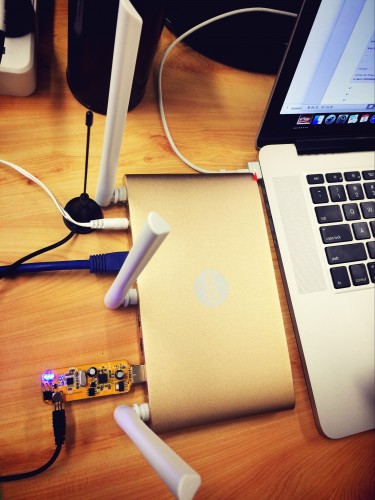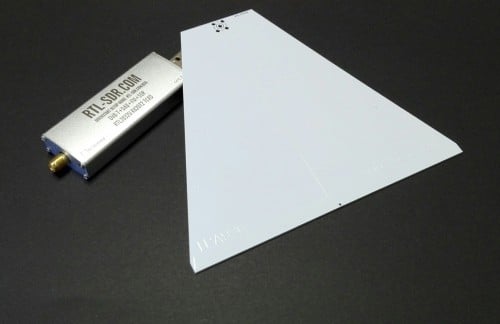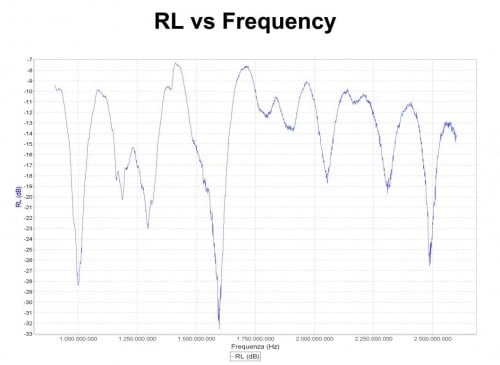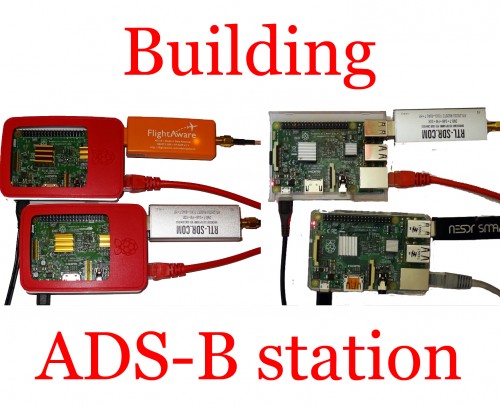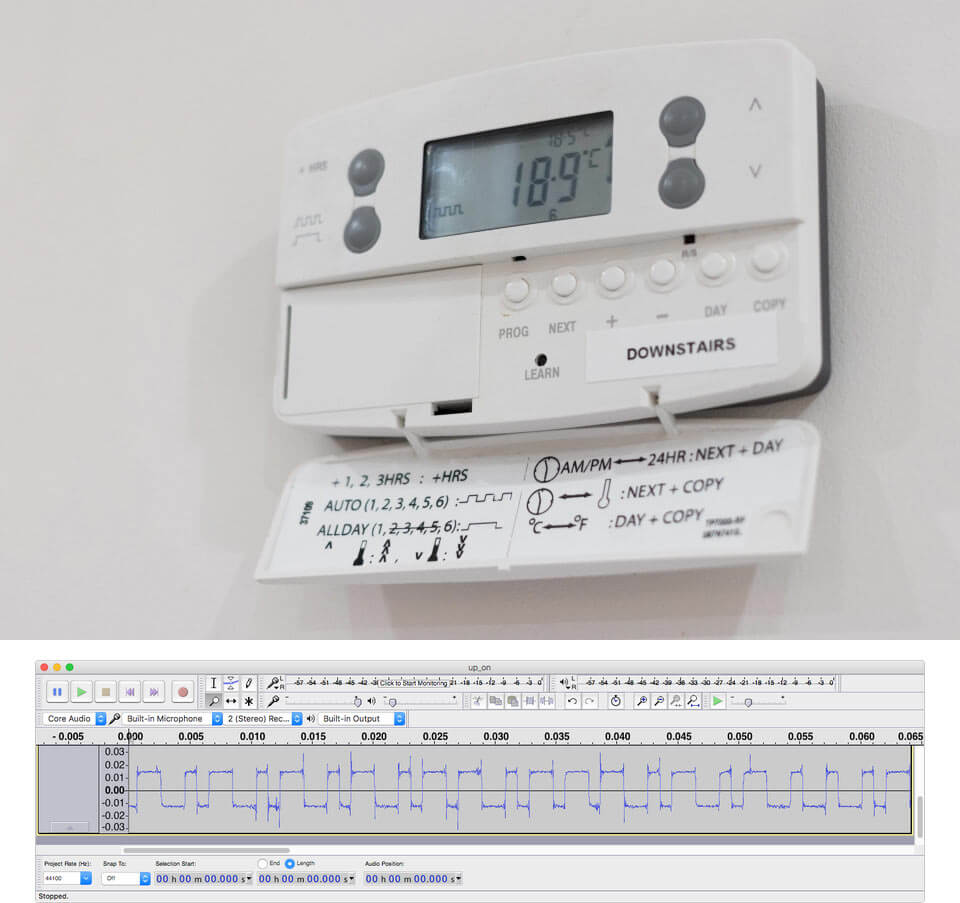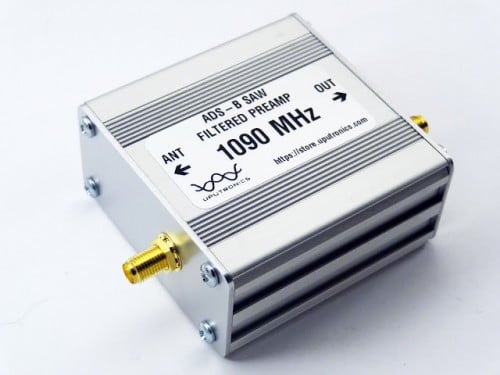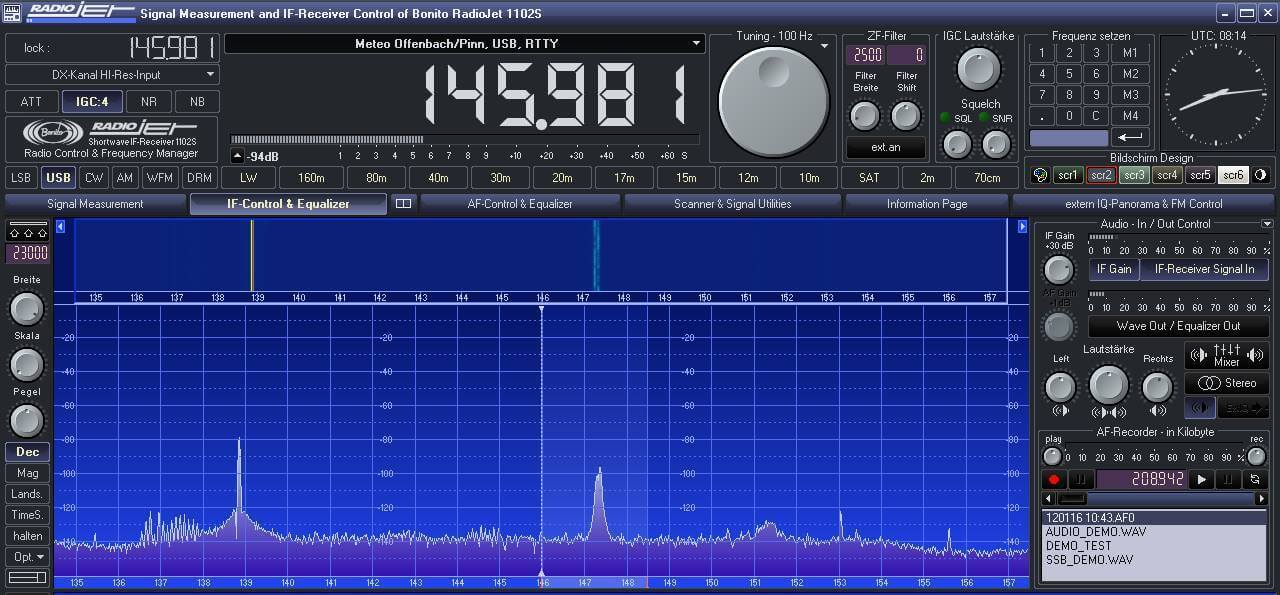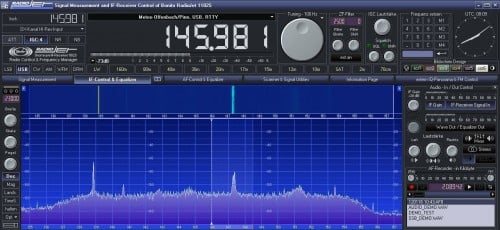rtlmic: Wireless Microphone Receiver for RTL-SDR
Over on GitHub a new program called rtlmic has recently been uploaded. The program descriptions reads:
rtlmic is a multichannel FM microphone receiver/demodulator for RTL-SDR cards. It outputs realtime audio to JACK.
Basic usage is simply:
$ rtlmic [channel 1 frequency] [channel 2 frequency]…
This program may be able to be used as a replacement for wireless microphone base stations at events. The software allows you to capture as many channels as your CPU can handle, within the active bandwidth of the RTL-SDR. There are also settings for tweaking the companding ratio and tau, deemphasis tau and FM deviation all of which affect the output audio and can be used to optimize the frequency response of the microphone.
The audio outputs directly to Jack audio which is an audio piping API, which simply routes the audio out to wherever you choose it to go.

